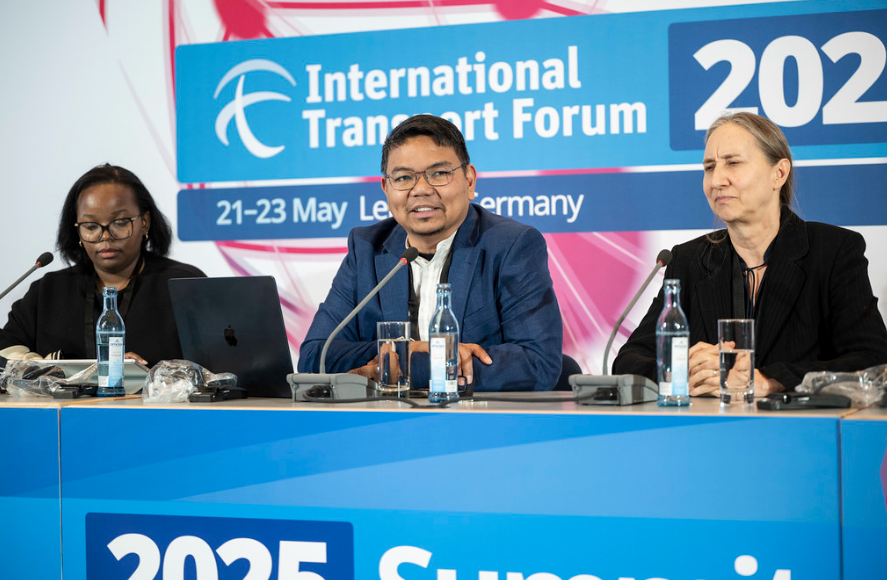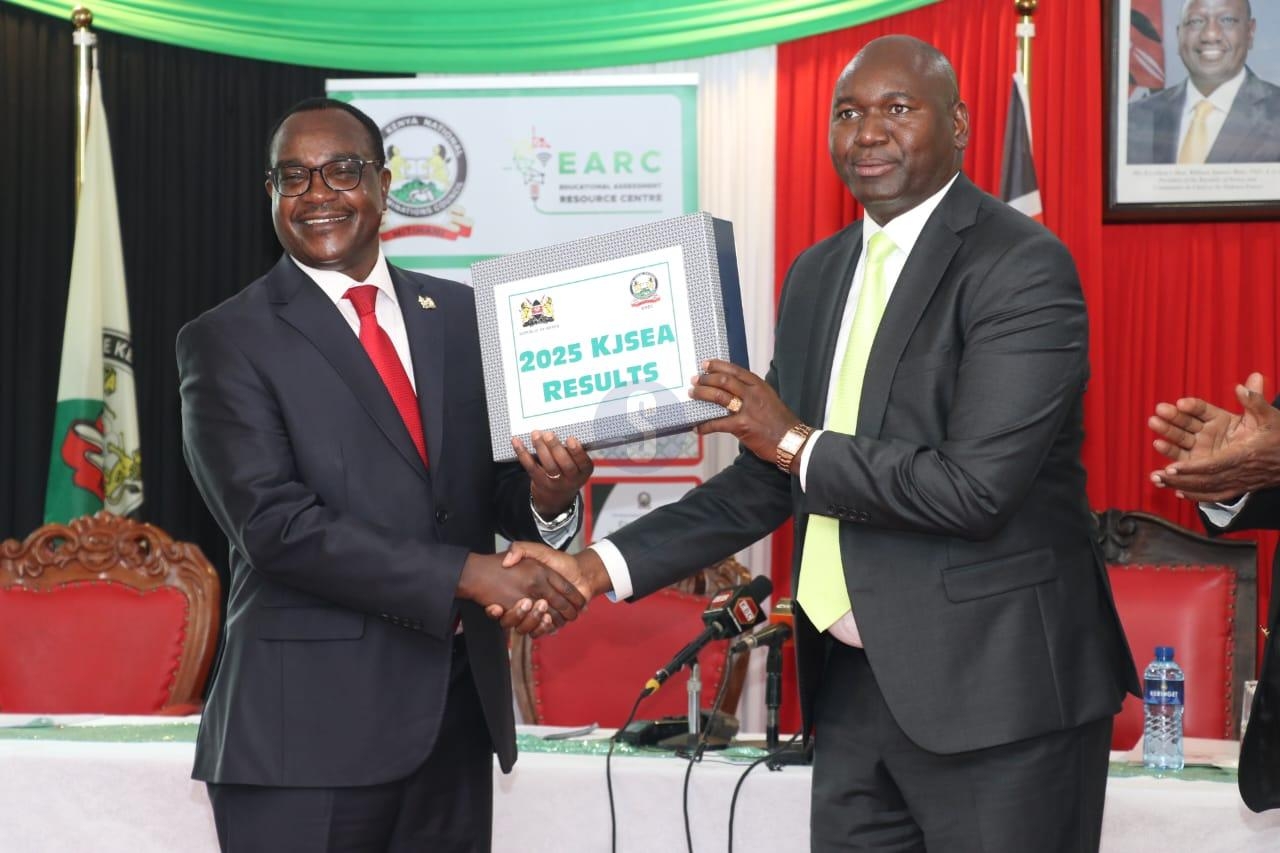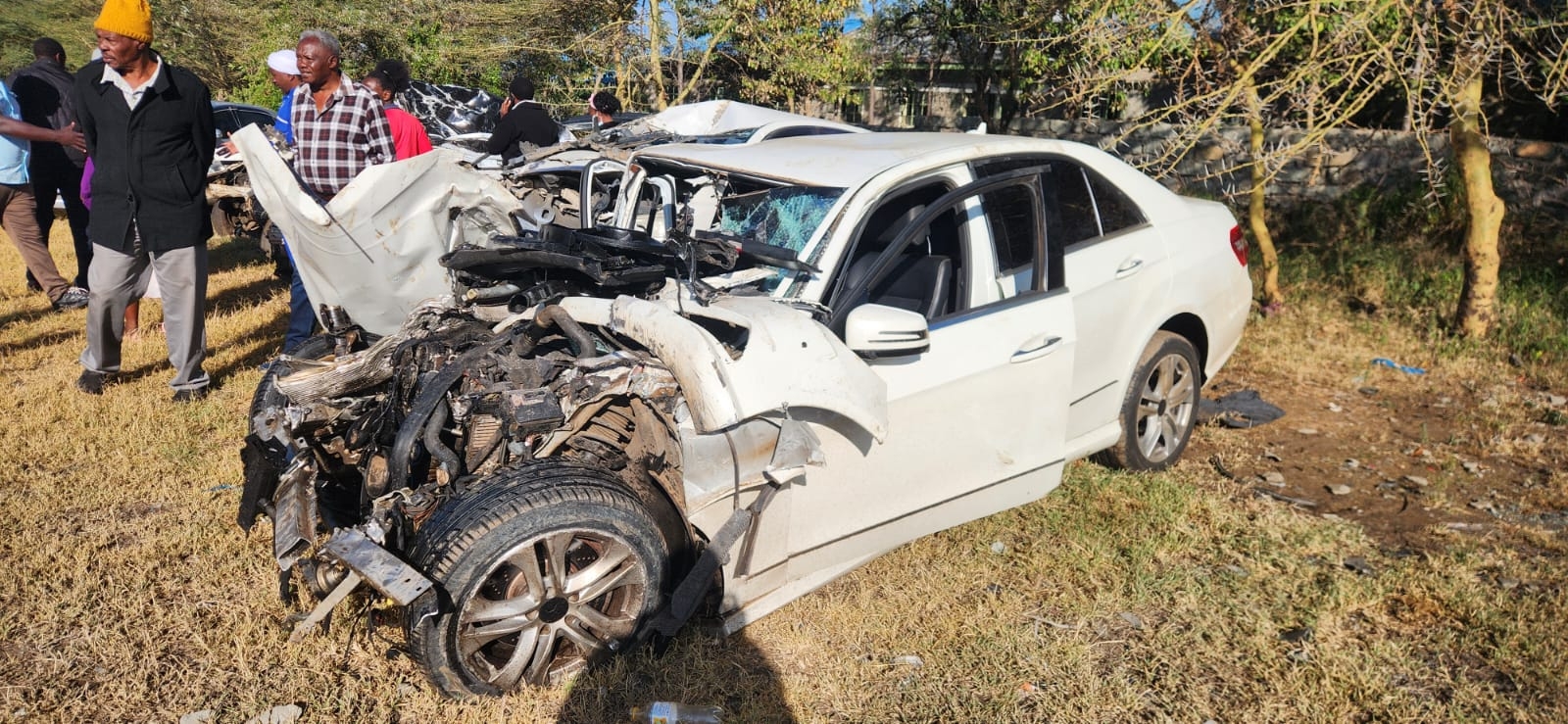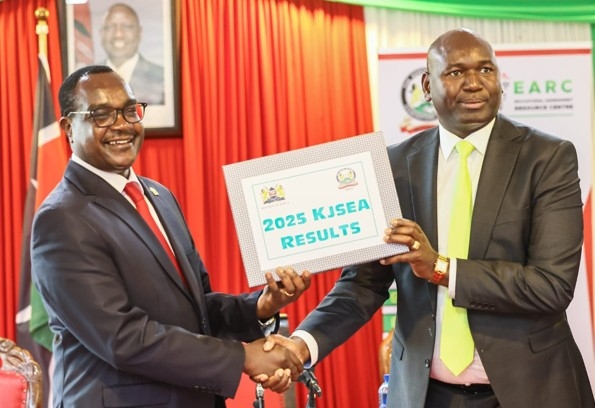
Regulatory gaps and failure to fully involve informal sector players in policy development, has been blamed for slowing development of transport systems.
This is mainly in Low and Middle-Income Countries (LMICs) including Kenya which are still grappling with poor infrastructure despite heavy investments by government.
The recent deadly floods in Nairobi featured prominently at this year’s International Transport Forum (ITF) 2025 Summit in Leipzig, Germany. It brings together government ministers, officials and private sector players to deliberate on future investments.
Kenya, particularly Nairobi, has been identified among cities with a huge “informal” or popular transport systems, from minibuses (matatus), boda bodas, three wheelers ( tuk tuks), that serve as the backbone of urban mobility and access providing a lifeline to most residents in underserved communities, but remain without proper infrastructure.
Heavy rains have always exposed Nairobi’s poor urban planning and infrastructure management, where poor drainage systems, inadequate waste management and encroachment on riparian areas exacerbate flooding impacts, particularly in informal settlements.
These lead to displacement, property damage and loss of life.
According to a policy paper dubbed ‘Missing Mobilities: The Popular Transport Gap in Climate Adaptation’, launched during the summit, flood impacts in LMICs are often worsened by inadequate urban planning, drainage infrastructure and technical and financial resources, all compounded by many unplanned settlements.
“Recent news highlights how heavy rains in East African cities like Nairobi and Kigali render popular transport impassable–with minibuses (matatus) sometimes swept away in floods or motorcycle taxis (boda bodas) forced to reroute to avoid flooded areas. These situations cause disruptions and inconvenience, ranging to potentially life-threatening situations for commuters and service providers,” the paper reads in part.
It is produced by the Partnership for Research on Informal and Shared Mobility (PRISM) in collaboration with Columbia University and other partners.
The ‘informal’ transport sector such as matatus (which is not a government driven public transport system) is said to be left out on decision making and infrastructure planning, where governments poor countries have continued to fail in considering the right investments that incorporates all.
“They are little businesses that employ a lot of people and they also enable a lot of people to do their work. They provide critical services and yet they are missing often in plans. They are excluded from even the physical organisation of the city, despite their importance,” noted Jacqueline Klopp from Columbia University Climate School and the Centre for Sustainable Urban Development.
In many low- and middle-income countries, these public transport services function without direct government subsidies and are provided by small-fleet entrepreneurs using imported vehicles.
The sector’s union-like organisational structures range from strong associations such as SACCOs in Kenya, to more loosely organised groups among operators, such as in Lilongwe, Malawi.
Road and pavement degradation from prolonged water exposure, damaged or clogged drainage systems, inundated and damaged stops, shelters, and waiting areas, electrical system failures and damaged signage in flooded areas have been identified as key challenges.
According to ITF policy analysts Josephine Macharia, the ‘informal’ transport sector should not be viewed merely as a problem to be managed in the face of climate impacts, but rather as a potentially untapped asset and partner in building transport and city-wide resilience.
“You have to think about how you can work with them. They are already trying to make sure they are getting the most out of their investments.. you have to invest in improving roads. So if you want to get the most out of your investments, you have to actually involve these operators,” Macharia said.
According to Macharia, sector players should be recognised and included in climate research, policy, planning and investments.
Benji De La Pena, CEO of the Shared Use Mobility Centre based in Chicago, US, said: “As governments make big investments in big infrastructure, the populations and service providers must be considered and and hope that popular transportation will adjust. There is a lot of work to be done.”
To address flooding in Nairobi and other major towns, Kenya has been challenged to implement a comprehensive strategy encompassing infrastructure improvements, urban planning and community engagement.
This includes restoring natural ecosystems, improving drainage systems, implementing early warning system and providing support for affected communities, in addition to putting the right infrastructure in place.
The government has also been urged to seek adaptation financing and mainstream climate adaptation into its planning processes.
The Nairobi City County has previously committed to address flooding challenges by combining policy reforms, infrastructure improvements and community engagement but the city remains exposed.















